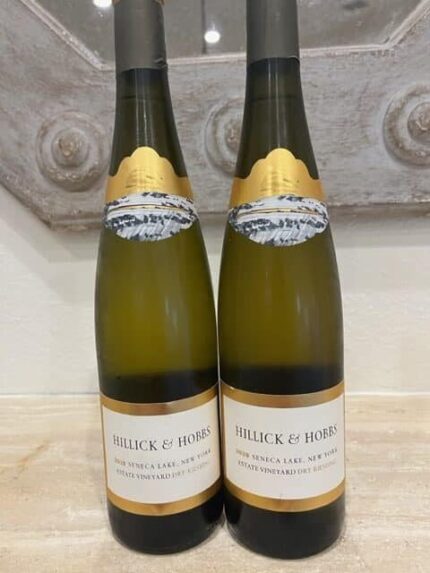Throughout his 30-year career, Paul Hobbs influenced the industry with his pioneering approach of identifying terroirs and showing what makes each region special with his winemaking. From California (where he began his career) to Argentina to Chile to New York, he has taken a personal interest in making the best wines possible from each region.
Today I will talk about his influence on the Finger Lakes Region at Hillick & Hobbs Winery. The winery is a tribute to his parents, Joan Hillick and Edward Hobbs, who met at Cornell University. His father was a grape grower and Paul discovered his love of grapes by helping farm the land. After beginning his career in Napa, Paul took his vast experience and started to explore other regions. He founded Hillick & Hobbs Winery in 2013. It is located on Seneca Lake in the Finger Lakes region of New York, the area where his father grew grapes. I had a chance to visit the Finger Lakes in 2015 at the Wine Bloggers Conference.
Paul believed the region could make wines that rivaled European Rieslings and founded the winery with that goal. He also planted Riesling clones that he brought back from Germany.
Riesling is a wine generally revered by wine experts but misunderstood by many general consumers. It’s a complex and versatile grape that can show a variety of aromas, flavors, and mineral qualities based on where it is grown. It can be sweet or dry and some of the “Kabinett,” “Spätlese,” and “Auslese” categories on German labels can be confusing. For the record, these indicate ripeness levels in the wine.

I had a chance to try two consecutive vintages of the dry Rieslings.
- 2019 Hillick & Hobbs Estate Vineyard Dry Riesling – made from 100 percent Riesling, this was a more delicate wine with notes of white flowers, citrus, stone fruit, apple, and vanilla with a nice acidity.
- 2020 Hillick & Hobbs Estate Vineyard Dry Riesling – this was a full-bodied, fruit-forward Riesling with notes of apricot, citrus, and stone fruit.
It was a fun exercise to try two wines showing the expression of terroir and how much a vintage can change year to year with the same wine. I enjoyed both wines, but if I had to choose, it would be 2019.



